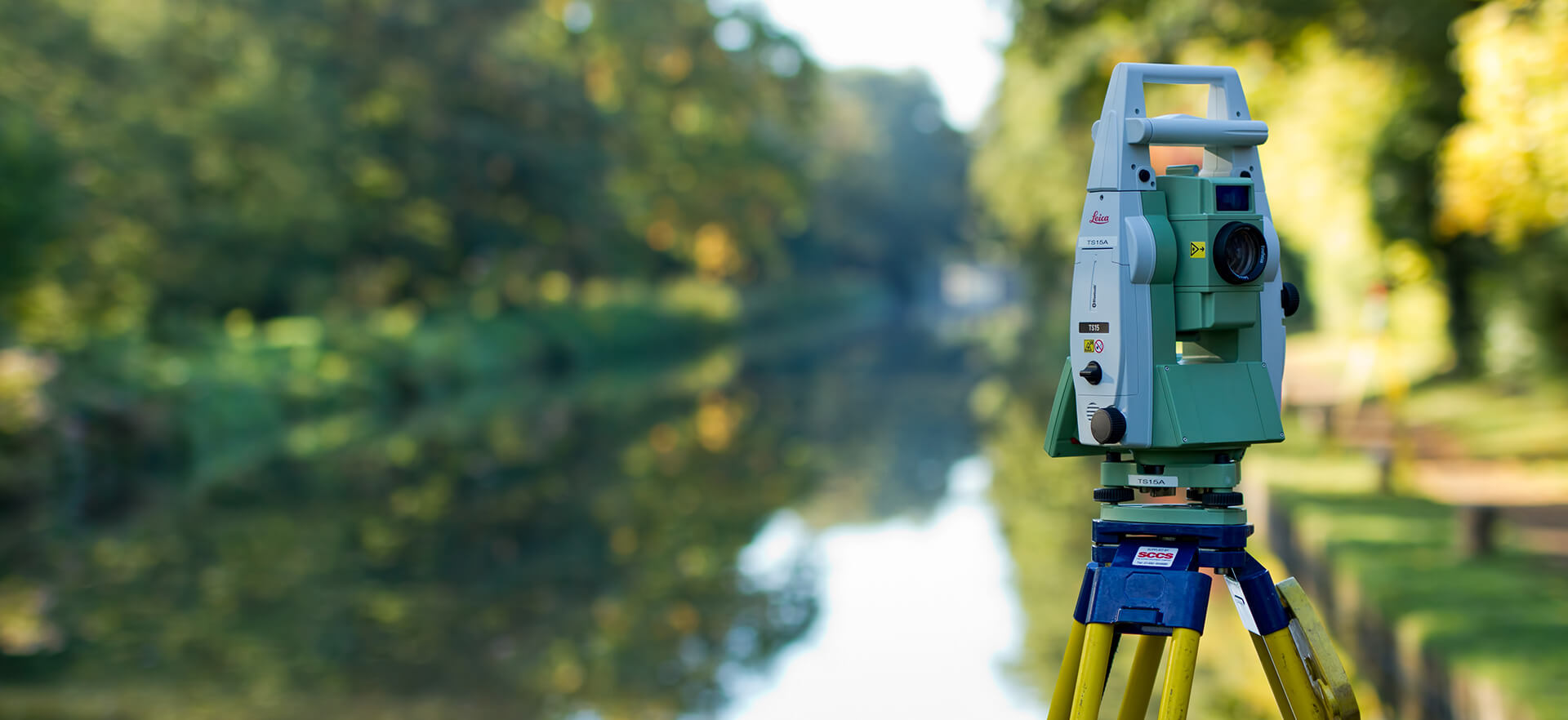One of the challenges faced when utilizing traditional land surveying methods is typically the need for surveying areas which might be covered by simply thick vegetation. The original source surveying projects require the measurement of such vegetation, while most applications demand measurement of typically the terrain itself, quite than the crops covering this terrain. Topographic surveys may or may not require the description of vegetation, based on their intended purpose.

When on typically the ground, land surveyors may find that traditional surveying equipment is blocked by big trees or additional obstructions. They might be unable to traverse the land because of steep hills, inconvenient avenues, or other healthy or man-made functions. Combined, these functions may make surveying difficult or even impossible from in the land by itself, particularly in undeveloped areas. However, you will discover ways around these obstructions which let surveyors to generate accurate and precise surveys.
Some approaches of surveying may penetrate trees and groundcover. Among these types of is LiDAR, a new laser-based method. Mainly because the laser system is flown above the area in an airplane, it is ideal for heavily forested areas where access on feet may be tough or impossible.
Additional surveying applications, on the other hand, require measurement in the vegetation. Similar aerial methods do certainly not penetrate tree clothes, and for that reason can give an idea from the vegetation while nonetheless allowing the surveyor to work from a distance.
1 type of surveying, called 'vegetation surveying, ' is particularly interested in the particular vegetation found within specific area. In contrast to standard land surveying, vegetation surveying generally depicts rough restrictions, not strict outlines. Vegetation surveying, or even the mapping of plant habitats, will be a valuable instrument for botanists, eco warriors, and other globe science applications. Depending upon its planned use, a crops survey may indicate areas with plants and those without, or the varieties of plant plus their density and placement. These maps are often used to identify sensitive environmental areas (such while wetlands), map the spread of vegetation, or examine environmental changes following normal or man-made activities.
In cases exactly where vegetation surveying will be desirable, measurements may possibly be taken using aerial methods or even using a surveyor's transit or total station to measure vegetation height and to construct a new grid from the surfaces, onto which plants can be measured. The same grid then can be used by simply another surveying group after a period of time of the time to assess within vegetation in addition to terrain.
While topographical maps may exhibit vegetation or man-made features, an electronic terrain model (also known as a digital elevation model) generally only presents the floor topography plus terrain underneath the vegetation. Digital ground models might be referred to as bare-earth models, while Electronic digital Surface Models include features such while vegetation.
There are a variety involving surveying methods applied to create topographic surveys or electronic terrain models, for example direct surveying (with a surveyor's transportation or total station) or remote realizing technologies such as aerial and satellite imagery, LiDAR approaches, and photogrammery. Typically the most appropriate approach depends on the area being surveyed and the sum and type of data required. Some surveying methods employed to create these types of models, like radar, reflect the greatest level point over an offered location, whether this specific is the top of any tree or building or blank ground, while other people are intended regarding the measurement involving the terrain by itself.
